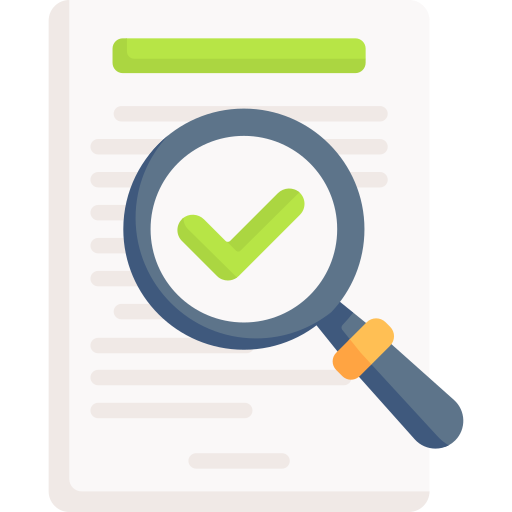You have almost finished drafting your academic paper or business report. You feel pretty good about your introduction, and you have thoroughly covered your topic in the supporting paragraphs. Of course, you will need to edit your paper and have another person look at it to make sure there are no errors in your writing. But overall, you are relieved that the finish line is in sight.
You aren’t quite there yet, though. You still have to write your conclusion. Now you’re feeling a bit uneasy. Your brain has run out of ideas and you just want this assignment to be over. Besides, you aren’t sure what belongs in the conclusion of a research paper or business report.
First of all, don’t panic. You already have everything you need to write a strong conclusion. You don’t need to do more research or come up with any brilliant new ideas. Just follow the guidelines below.
Need Editing and
Proofreading Services?

Write your thesis statement again.
Go back to the beginning of your paper and find your thesis statement. If you are writing a business report, you probably don’t call it a “thesis statement”, but you should have a key sentence that summarizes your main idea. Find it and read through it. Most likely, the language in your thesis statement tells the reader what the focus of your paper or report will be.
Here is the example thesis statement from our previous article about introductions:
In this paper, I will use data scraped from consumer review sites to show that it is likely the wildlife biologists have been using faulty equipment that is providing them with misleading results, and that it is unlikely that the alligators in Florida actually possess alien DNA.
Now that you have found your thesis statement, copy it, scroll down to your concluding paragraph, and paste it there. Your goal is to take the readers back to the main point of your paper or report. However, you don’t want to repeat your thesis statement word-for-word. You will need to change the wording. This is the time to emphasize what you have done, rather than what you will do.
Here is how the rewritten version of our example thesis statement might look in a concluding paragraph:
After reviewing and analyzing the data from consumer review sites, it is clear that faulty equipment is responsible for the readings that show alien DNA among captured alligators in Florida.
Provide a brief summary of your findings.
Your next step is to summarize the main findings in your paper or report. You don’t need to rewrite the entire paper and squeeze it into one paragraph; a sentence or two is enough. You want to tie everything together by highlighting how the evidence or research in your paper supports your thesis.
Our example involving the alligators and the alien DNA might read as follows:
The equipment that analyzed the alligators’ DNA was manufactured using outdated technology from the 1980s that has been found to degrade over time, resulting in false readings.
How does it apply to the real world?
Your conclusion can also include a sentence or two about how your findings can be used in the real world. In the paper about the alligators, for example, you could emphasize the importance of using only the latest, state-of-the-art technology to analyze DNA samples. However, keep the details to a minimum.
You can also end your paper with a call to action. This is especially effective if you have written about a hot-button political or social issue and you want your readers to do something about it. A call to action is also a popular way to conclude less formal types of writing, such as blog articles.
Is more research needed?
Another way to end an academic paper is to include a sentence about how more research is needed about certain aspects of your topic. Going back to our earlier example about the alligators, you could write that scientists should conduct further research on animals whose DNA samples showed unusual results.
A few more tips…
- Using transition words is fine, but you don’t need to start your conclusion with “In conclusion”.
- Don’t introduce any new information in your conclusion. Save that for your next paper or report.
- Only repeat major points that appear earlier in your paper/report, not minor details.
- If you are working on a lengthy, complicated academic paper, your conclusion might need to be longer than one paragraph.
- Make sure that your conclusion is written in a formal, authoritative tone. This will enhance your credibility and help you end your academic paper or business report on a strong note.
Need Editing and
Proofreading Services?

If you would like one of our TextRanch editors to read your conclusion and give you some feedback, click the blue box below. You can also click here if you would like to submit your entire paper or report.








Ask an Editor: A New TextRanch Feature!
Proofreading vs. Editing: What’s the Difference?
Human Editors: Why Do You Need One?
How can I improve my understanding of native-English speakers? Part 1